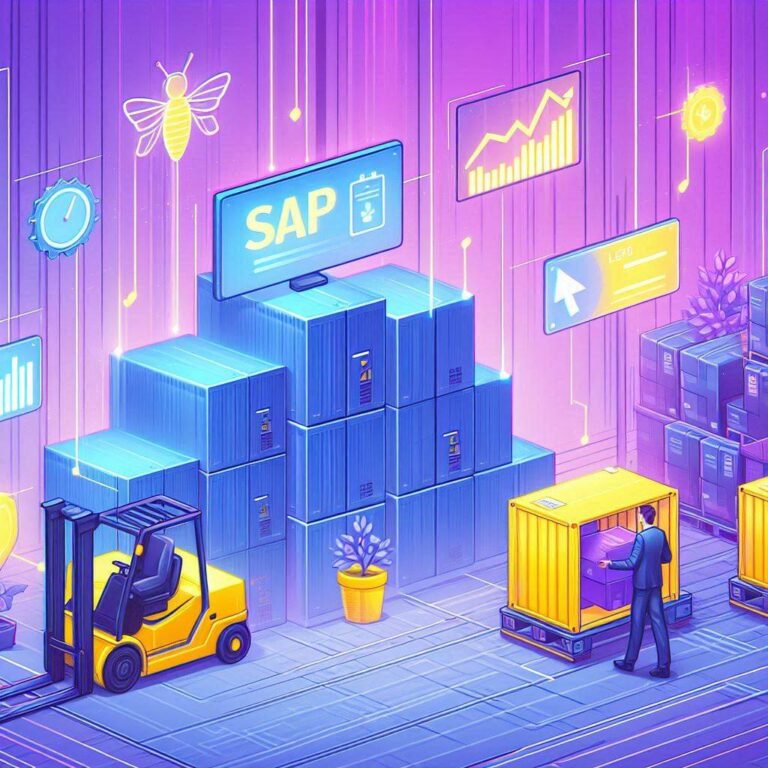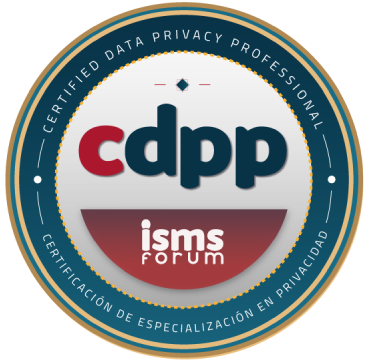In the previous article, we talked about the different merchandise movements that SAP had and how to process them with the MIGO transaction, where these stock changes, inputs, outputs, etc. were carried out. In order to generate a logistics invoice, SAP has compiled several transactions and has created the MIRO, where much the same thing happens as with merchandise movements.
The MIRO transaction in SAP is a fundamental tool for performing material movements within the MM (Materials Management) module. Although there are other transactions that can be used to generate logistics invoices, the most comprehensive is the MIRO transaction.
The MIRO transaction in SAP
The MIRO transaction In SAP, it's essential for recording supplier invoices. Let me explain how to record an invoice in MIRO:
- Invoice Generation:
- The supplier sends the corresponding invoice for the goods or services delivered.
There are several ways to do this. It can be done through your own interface and automatically enter it into the system via EDI, for example, or it can be done manually by an accounting manager who enters the invoice into the system.
- In MIRO, invoice information is entered, such as the amount, taxes, and supplier details. All this information can be collected from the order or goods delivery, or if it's unknown because the parties involved are different, it can be included in the logistics invoice section.
- Data Verification: The system verifies that the invoice matches the Purchase Order and the merchandise receipt previously recorded in MIGO.
You can also invoice based on allocation without having a material in the system, for example, a "Rental" of an industrial warehouse, allocated to Fixed Assets and we enter a monthly payment invoice for that rental.
- If everything is in order, the accounting process begins.
- Invoice Accounting:
- MIRO creates an accounting document that records the invoice's accounting entry. It can be viewed in the relevant information for financial documents.
- The accounting entry includes the expense or cost account related to the purchase order and the merchandise receipt. This is configurable and is managed by the company's finance department. When parameterizing the accounting accounts to which each purchase is recorded, the company or organization's finance department must determine which type of account to record according to the accounting ledger of the corresponding country.
This can get complicated when we have different societies, from different countries, different taxes…
- In addition, taxes and other relevant details are reflected.
- Updating Accounting Books:
- The accounting document generated by MIRO is recorded in the accounting books of the company that has been previously defined and
- This impacts the financial statements and provides an accurate view of expenses and liabilities related to purchases.
In short, MIRO is the transaction that allows you to record and account for supplier invoices in SAP.
We show in the system the most general parts of this transaction and where to enter the relevant data:
We access the MIRO transaction
At the top, we have to indicate what we are going to do, we have 4 options:
- Bill
- Pass
- Post Charge
- Subsequent discharge
Generic or standard SAP transactions are usually divided into 3 parts
Some header data, which are general for the entire document:
Here you can see everything relevant to the general document, including taxes, how the supplier is paid, the existence of withholdings, etc.
The following part corresponds to the positions that are going to be invoiced, in reference to the order or any other of those indicated below.
Once we've filled out what we want to invoice, we'll need to check that the invoice matches the invoice we have from the supplier and perform the verification.
When the traffic light turns green, we can invoice that document; in the meantime, the invoice remains blocked.
There are multiple ways to create invoice flows, workflow approvals, directly with a manager... It always depends on the business organization and how it has been defined in the system.
Once invoiced, you can view which accounting documents have been recorded and in which accounting accounts in the accounting document information itself.
Discover our SAP training
Find out everything on our blog and train in SAP with our Master in Financial Management and Functional Consulting SAP S/4HANA Finance, Official Sap S/4Hana Sourcing And Procurement Certificate and Sap S/4Hana Finance Official Certificate.


































